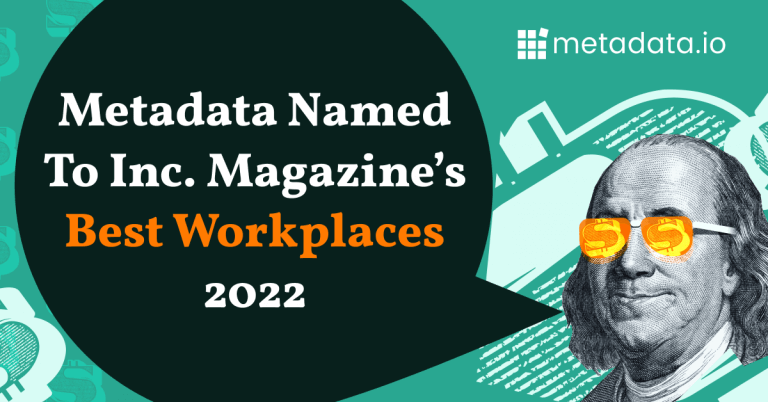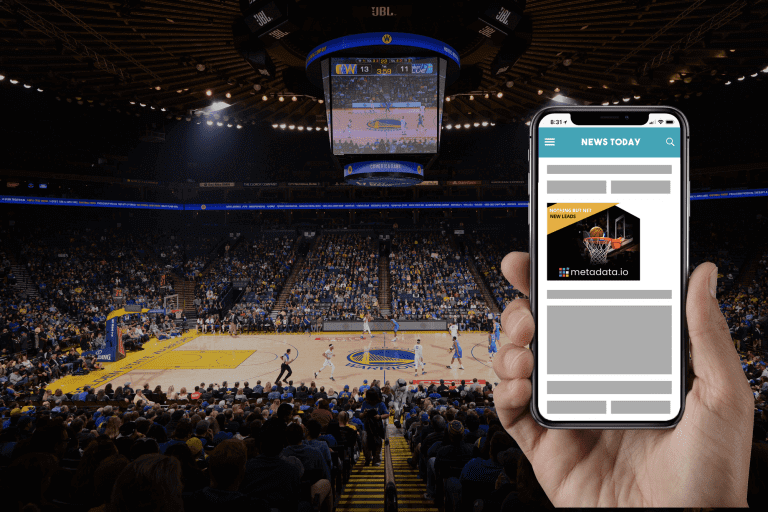How to Use Intent Data in Your B2B Marketing Strategy
B2B marketing is all about timing, and reaching the right people at the moment they’re actually looking for a solution like yours. That’s where intent data comes in. Instead of guessing which prospects might be interested, it helps you see who’s actively researching topics related to your product or service.
When used correctly, these insights allow you to focus on the leads that matter most, personalize your messaging, and make your marketing feel less like a shot in the dark and more like a helpful conversation.
In this guide, we’ll break down what intent data is, how to use it, and practical ways to incorporate it into your marketing and sales strategy.
How Does Intent Data Work?
Intent data gives you insights into who is exploring solutions like yours. By analyzing digital footprints, such as search queries, whitepaper downloads, and webinar sign-ups, you can gauge a prospect’s readiness to buy.
There are two types of intent data: first-party and third-party.
First-party intent data comes from your own channels like website visits, email clicks, and how users consume content on your platforms. This data is accurate but may only cover visitors already in your funnel.
Third-party intent data, on the other hand, comes from external sources across multiple sites. It widens your market view, helping you spot potential buyers you might have missed. However, you need to vet these providers carefully since data quality and privacy can vary.
When you combine both first-party and third-party intent data, you gain a more comprehensive understanding of your potential customers. This integrated approach allows you to anticipate buyer needs more effectively and tailor your marketing strategies to match their interests.
Define Your Ideal Customer Profile (ICP) First
It’s important to define your Ideal Customer Profile (ICP) before using intent data. Your ICP outlines the traits of your best-fit customers like demographics, behaviors, and needs, so you can spot relevant signals and act on them.
With a clear ICP, you can identify where these high-value prospects spend their time. If your offering appeals to younger professionals, focusing on social platforms like Instagram might be best. This focus helps you avoid spreading resources too thin.
ICPs also improve lead qualification. Sales and marketing teams can prioritize accounts that match the company’s strengths. Messages become more personal by addressing prospects’ specific pain points, which boosts engagement and speeding up the sales cycle.
Pro tip: For guidance on refining your ICP and aligning it with account-based marketing strategies, check out our guide to account-based marketing.
Regularly reviewing and updating your ICP is important as market conditions and customer behaviors evolve. Incorporating feedback from sales teams and performance data ensures your ICP remains accurate, and makes your intent data strategies more impactful over time. This alignment helps scale net new pipeline quickly.
Use Intent Data to Identify In-Market Leads
Using intent data helps you find active buyers by tracking high-intent actions, such as specific keyword searches or pricing inquiries, and revealing who’s further along in the decision-making process.
Monitor keywords to identify phrases people use when they’re close to buying. Searches for “pricing,” “demo,” or “trial” often signal strong purchase intent. Also, someone frequently reading about “cloud computing” and “big data” might be exploring related solutions. Audience segmentation can help you tailor your outreach to these prospects, and by creating targeted lookalike audiences, you can reach new prospects who exhibit similar behaviors.
Engagement metrics are also telling. Reviewing vendor comparisons on review sites, downloading case studies, and interacting heavily with your emails or ads show increased interest. With these signs, your sales team can focus on prospects showing clear buying signals.
Improve Lead Scoring with Intent Data
Intent data shows where buyers are in their journey. This clarity helps your team predict who’s likely to take the next step.
First, identify the most relevant signals: pricing page visits, webinar attendance, content downloads, or email interactions. Rank these behaviors by how strongly they indicate purchase intent: high, medium, or low. For example, a demo request might be high intent, a webinar sign-up might be medium, and a single blog post view might be low.
Then assign point values to each category. Leads crossing a certain threshold, say, 80 points, can be flagged as hot. Scores in the middle range might be warm, while lower scores remain in a nurturing track. Sync these scoring rules with your CRM so they update in real time. This helps your sales team focus on the best opportunities and your marketing team refine campaigns to boost scores overall.
Regularly review and adjust your lead scoring criteria as market dynamics and customer behaviors change. Incorporate feedback from your sales team to refine scoring models, so they remain accurate reflections of buyer intent and lead quality.
Craft Personalized Outreach with Intent Data
Intent data improves your marketing communications. Instead of sending generic messages, you can focus on each prospect’s unique signals, like the pages they visit or the questions they ask. Based on these insights you can create laser-focused audiences for more precise and effective campaigns.
For example, if someone has viewed a product page multiple times, send them a helpful case study or offer a quick demo. Most buyers expect personalized experiences, and are likely to buy from brands that provide them.
It is also important to send relevant content when someone shows interest, whether by clicking an ad or downloading a whitepaper, to spark engagement. With a marketing automation tool, you can adjust email workflows based on real-time activity. This approach builds trust and shortens your path to closing deals.
Bridge Sales and Marketing Efforts
Intent data aligns sales and marketing efforts. By sharing real-time insights into buyer behavior, both teams can focus on leads most likely to convert instead of chasing broad or mismatched audiences.
Often, marketing targets large audiences with broad campaigns, while sales rely on demographic guesswork. Intent data bridges this gap by providing everyone access to the same buyer signals. Each team uses context that goes beyond basic demographics. Sales can follow up with direct calls to action for leads showing high intent, and marketing can refine campaigns to attract similar prospects.
This collaboration removes guesswork and leads to higher-quality leads reaching sales. Regular check-ins between teams about emerging intent trends allow them to adjust ICP definitions, messaging, and offers as needed. It’s a transparent system that keeps your approach consistent, speeds up conversions, and improves outcomes across the board.
Establishing shared KPIs and dashboards also enables both teams to monitor progress and stay aligned.
Leverage Intent Data for Competitor Engagement
When potential customers start looking at competitor products, intent data reveals their activity. This knowledge helps you adjust your messaging or highlight your advantages before they choose an alternative solution.
It’s useful to find keywords prospects might use while researching other solutions. Tools like Semrush or Ahrefs can help you determine which competitor terms to monitor.
Also, social listening platforms like Brandwatch, Mention, or Sprout Social allow you to catch competitor mentions in real time. Engage immediately if you see prospects discussing features or pricing that your product can beat.
Showcase what sets you apart. Comparison charts, case studies, or pricing guides that display unique benefits or functions can influence buyers who are undecided. When you detect someone exploring a competitor’s product page, consider reaching out with a personalized pitch, demo offer, or discount. Automation platforms like Metadata can streamline this process by enabling proactive, personalized engagement.
Use Intent Data to Reduce Churn and Identify Upsell Opportunities
Monitor customer activity to reduce churn and identify upsell opportunities. With lead enrichment, you can get deeper insights into customer behaviors and preferences, allowing you to track engagement signals like site logins, content downloads, and event attendance for signs that customers are satisfied or drifting away.
Look for upsell opportunities when engagement is high, like after a successful feature rollout or strong satisfaction scores. And target users who express positive feedback or request new features. Nurturing these happy customers often leads to upgrades and greater long-term value.
Implement customer success strategies that leverage intent data to further boost retention. Personalized check-ins, tailored training sessions, and proactive support based on usage patterns demonstrate your commitment to customer success.
Integrate Intent Data with Metadata
Intent data helps you stop guessing and start connecting with the right people at the right time. Instead of casting a wide net and hoping for the best, you can focus on buyers who are actively looking for a solution like yours. Whether it’s improving lead scoring, personalizing outreach, or aligning sales and marketing, intent data makes your efforts more targeted and effective.
To make the most of it, you need the right tools. Metadata’s platform helps B2B marketers turn intent data into action by finding and engaging the right prospects automatically. It combines multiple data sources to show you who’s in the market for your product and makes sure your ads and outreach reach them when it matters most.
If you want to spend less time chasing cold leads and more time connecting with buyers who are ready to take the next step, Metadata can help. Book a demo to learn more.


